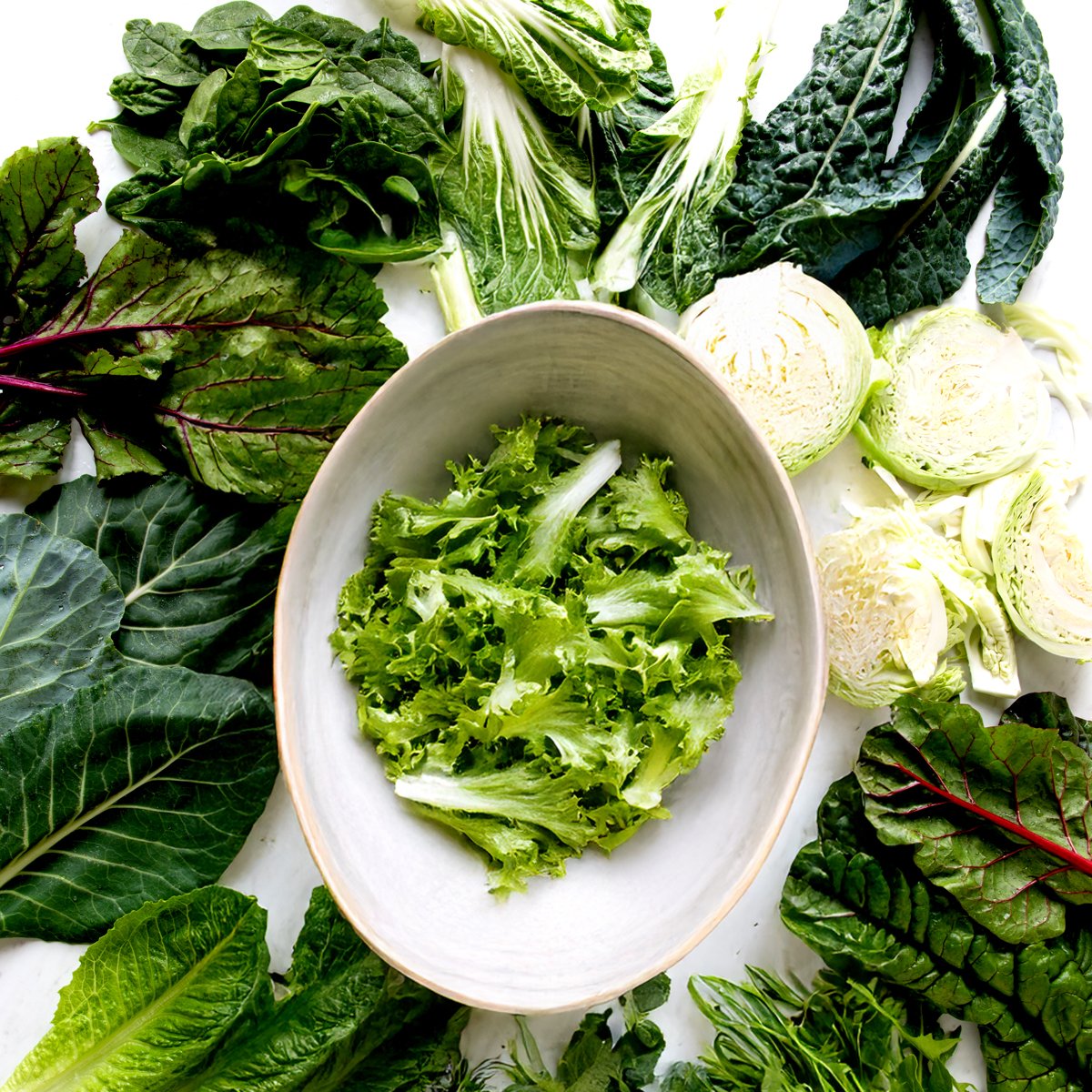
This post may contain affiliate links, meaning I can earn a small commission from items you purchase (at no cost to you).
Table of contents
Step aside salad. You’re no longer the only way to get leafy green vegetables into our diet. The following nutritional powerhouses deserve a starring role in any kitchen— not just for a trained chef. Packed with vitamins, minerals, and antioxidants, leafy greens offer a wealth of health benefits and surprising versatility in the kitchen.
I started my love affair of leafy greens with blending baby spinach into my smoothies. Over time, I started to crave more leafy green vegetables. From vibrant stir-fries to hearty plant-based soups and even delicious green smoothies, it’s time to look beyond the bowl and discover the exciting world of cooking and blending with leafy greens.

Health Benefits of Leafy Green Vegetables
Leafy greens are super important for a healthy diet. They’re nutrient-dense, green veggies that provide tons of vitamins and minerals. According to a report in the journal Neurology, a daily serving of leafy greens can lead to slower age-related cognitive decline. The term “leafy greens” encompasses a wide array of edible leaves, each with its unique flavor profile and texture. Getting familiar with the leafy green varieties is the first step to unlocking their culinary potential.
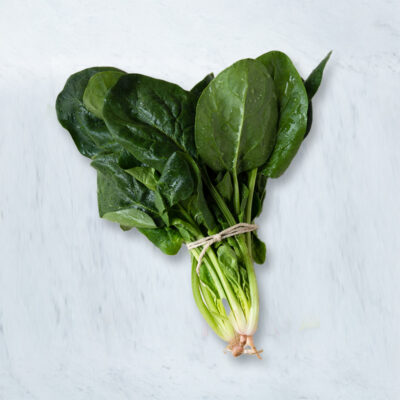
Spinach
Mild & slightly sweet
Spinach is a nutritional powerhouse, packed with vital vitamins (K, A, C), folate, and iron, crucial for bone health, vision, immunity, cell growth, and red blood cell production. Its high antioxidant content and plant compounds may also lower the risk of chronic diseases, making it a valuable addition to a healthy diet.
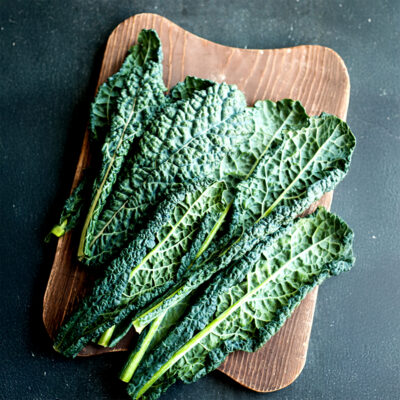
Kale
Hearty & slightly bitter
Kale has different varieties like curly kale, Lacinato (dinosaur) kale, and baby kale offer varying textures. With 684% of the recommended daily value of vitamin K, 206% of the RDV of vitamin A and 134% of the RDV of vitamin C, this dark leafy green packs a health punch.
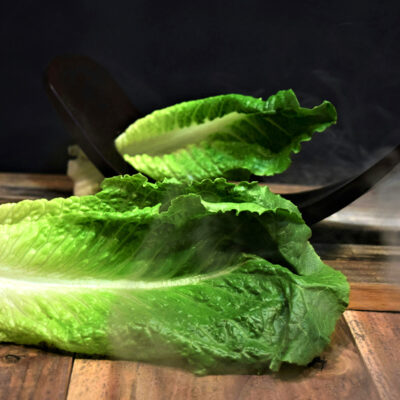
Lettuce (Romaine, Butter, Iceberg)
Mild & slightly sweet
Primarily used raw for salads and wraps, some firmer varieties like romaine can be lightly grilled or braised. Romaine lettuce is high in fiber and low in calories. The vitamin C and beta-carotene content help to lower cholesterol and prevent build-up on artery walls, which reduces the risk of a heart attack.

Arugula (Rocket)
Peppery & slightly bitter
Arugula adds a zesty kick to salads and cooked dishes. More than just a garnish, one cup of this leafy green contains 27.7% of the RDV of vitamin K. Tastes best on top of pizza, in a salad or sandwich. I don’t recommend making smoothies with it.
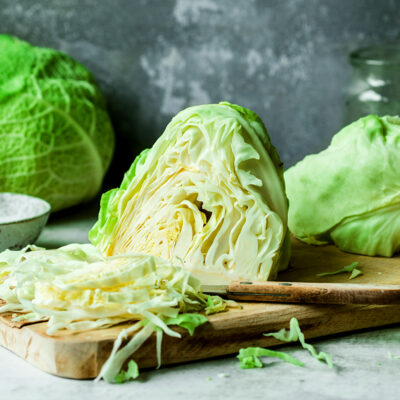
Cabbage
Hearty & pungent
This leafy green can actually be purple, red, white or green, but is definitely still considered a leafy green. I love using cabbage as a plant-based taco shell, blended in a cabbage smoothie or roasted cabbage with light seasoning. Loaded with fiber, folate, vitamin B6 and antioxidants which help fight inflammation.
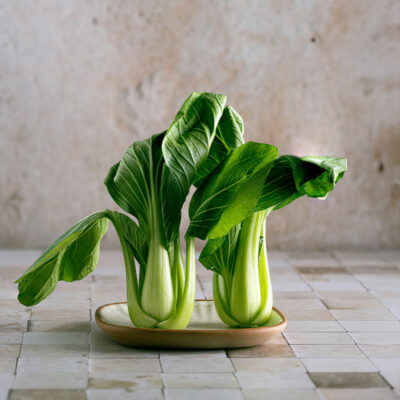
Bok Choy
Mild & slightly sweet
Bok choy is excellent stir-fried, steamed, or added to soups. Full of vitamins A and C, bok choy ranks high for nutrient density as well. All parts of the plant can be used: shredded in a salad, my vegetarian ramen, cooked in soup or blended in a smoothie.
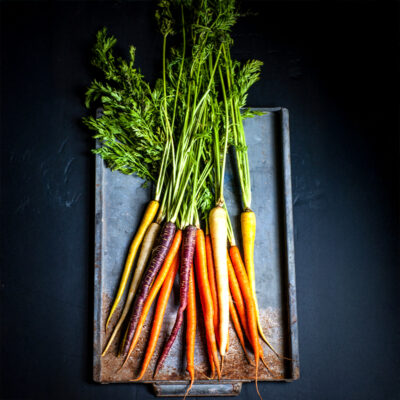
Carrot Greens
Herbaceous & slightly bitter
Carrot tops offer surprising nutrition, providing vitamin K for blood clotting and bones, vitamin C for immunity, and potassium for blood pressure regulation. Their phytonutrients also offer potential anti-inflammatory and antioxidant benefits, making them a worthwhile to smoothies or even pesto!
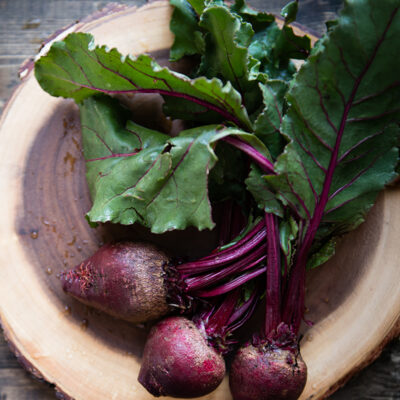
Beet Greens
Slightly earthy
Beet tops are a nutritious leafy green, rich in vitamins K and A, vital for blood clotting, bone health, vision, and immunity. High in phytonutrients, including betalains, beet greens have anti-inflammatory benefits. When blending smoothies with beets, wash and blend in the beet greens.
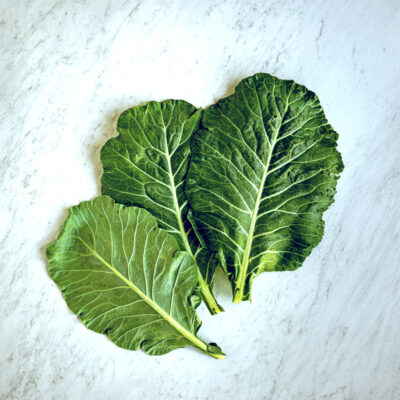
Collard Greens
Tough & slightly bitter
Collard greens benefit from long cooking times. Like their other cruciferous family members, collard greens are great cancer fighters. They are also pretty good at helping your body digest foods properly with all the fiber inside. They are most popular steamed, but adding them raw to your smoothies will provide greater health benefits.
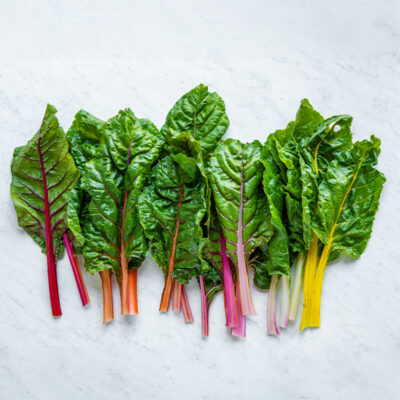
Swiss Chard
Mild & slightly earthy
Mild and slightly earthy with colorful stems that are also edible, Swiss chard is a beautiful and nutritious addition to many dishes. Chard is a colorful, dark leaf known for its ability to regulate the body’s blood sugar. Translation? If diabetes or maintaining blood sugar levels is a concern, add this veggie to your regular rotation.
Leafy Greens Recipes
5 Ways to Use Leafy Greens
Ready to move beyond the traditional salad? Here are some inspiring ways to incorporate more leafy greens into your daily meals:
- Sautéed and stir-fried: Spinach, baby kale, and Swiss chard wilt beautifully in a hot pan with a little olive oil, garlic, and a pinch of salt and pepper. A squeeze of lemon adds brightness. Heartier greens like kale, mustard greens, and bok choy hold up well in stir-fries. Add them towards the end of cooking to maintain some texture and vibrant color. Pair them with your favorite proteins, vegetables, and sauces.
- Soups for warmth and nutrition: Stir in chopped spinach, kale, or Swiss chard during the last few minutes of cooking vegetable soup recipes. They will wilt down and add a boost of nutrients and a touch of freshness. Blend cooked greens like spinach or kale with broth, sautéed onions, and a touch of cream or coconut milk for a smooth and nutritious soup.
- Baked delights with a green twist: Incorporate chopped leafy greens into egg-based dishes like quiches and frittatas. They add color, flavor, and valuable nutrients. Layer sautéed greens into pasta bakes and lasagnas for an extra dose of vegetables. They blend seamlessly with the other ingredients. Add finely chopped cooked greens to roasted root vegetables, or use them as a filling for savory pastries and dumplings.
- Blended goodness in smoothies: Don’t be afraid to toss a handful of spinach or kale into your breakfast smoothie. The flavor is surprisingly mild when combined with fruits, yogurt, and other ingredients.
- Creative raw preparations: While not technically a recipe, juicing leafy greens is a great way to consume a concentrated amount of nutrients. Blend arugula, spinach, or kale with nuts, garlic, olive oil, and lemon juice for a vibrant and flavorful pesto. You can also layer large lettuce leaves like romaine or butter lettuce to create healthy and delicious lettuce wraps and sandwiches.
Benefits of Rotating Leafy Greens
I often talk about rotating your greens when making green smoothies. This is because leafy greens come from all different plant families, each offering different health benefits. Yet if spinach is your jam, no worries! Keep doing that. You can always have a salad with kale or make a soup with Swiss chard.
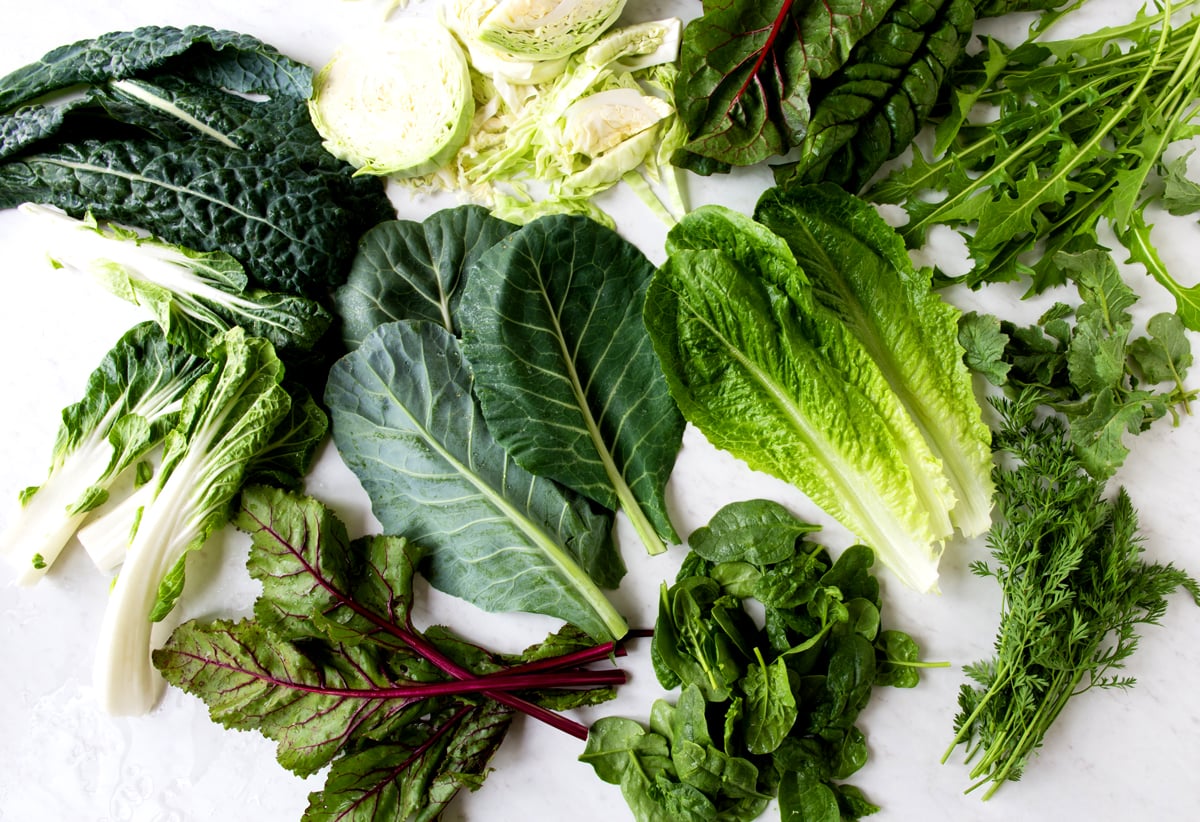
Tips for Cooking with Leafy Green Vegetables
Leafy greens are more than just a salad component. Their versatility and nutritional benefits make them a valuable addition to any healthy diet. By exploring different cooking methods and incorporating them into a variety of dishes, you can unlock a world of flavor and boost your well-being. So, step away from the salad bowl and embrace the green revolution in your kitchen!
- Experiment! Don’t be afraid to try different combinations and cooking methods to discover your favorite ways to enjoy leafy greens.
- Wash thoroughly: Always wash leafy greens thoroughly under cold running water to remove any dirt or grit. A salad spinner can be helpful for drying them.
- Remove tough stems: For heartier greens like kale and collards, remove the tough central stems before cooking.
- Don’t overcook: Most leafy greens cook quickly. Overcooking can make them mushy and reduce their nutritional value.
- Balance flavors: The bitterness of some greens can be balanced with acidic ingredients like lemon juice or vinegar, or by pairing them with sweeter or richer flavors.
What are your favorite leafy greens? Drop a comment below and let me know if this list has inspired you to try a new ingredient, or if you’ve got a new green for me to try!
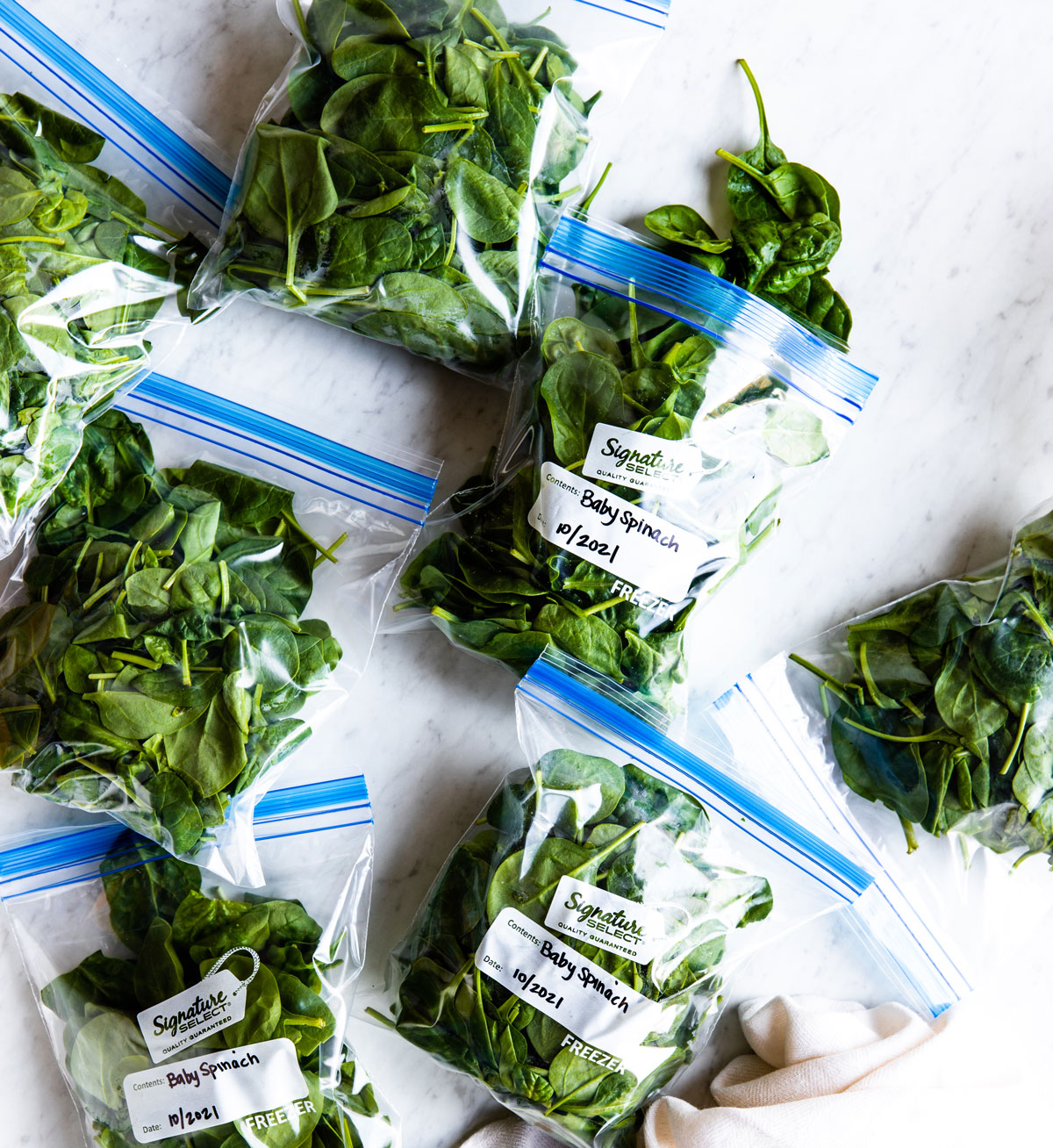
Freezing Your Leafy Greens
Ever wonder how to use up all the beautiful leafy greens you just bought, before they start to wilt? Even though I make green smoothies daily, I sometimes need to freeze my spinach or kale to stay fresh longer.
To lengthen the shelf life of leafy greens and make rotating your greens as easy as opening your freezer, try freezing your spinach. I buy spinach and power greens at Costco— freezing half of it maximizes the freshness.
Common Questions
You’ve probably heard of spinach, kale and lettuce, but leafy greens also include carrot tops, beet greens, swiss chard, arugula and more! They can grow all on their own, or be found on the tops of other plants (like broccoli, beets and carrots).
All leafy greens are incredibly nutritious and great to mix into your diet. Kale and spinach are probably the most nutrient-dense, yet you need a variety of greens (and other fruits and vegetables) for the best health. Don’t be afraid to give a new one a try next time you’re at the store. You might be surprised by mustard greens, bok choy and more!
Greens don’t just take place in salads or garnishes for burgers. You can use them in green smoothies, all kinds of pesto, filling for stuffed mushrooms or potatoes. Pretty much anything you want! Next time you are grocery shopping, grab a new-to-you leafy green and get adventurous with how you prepare it.
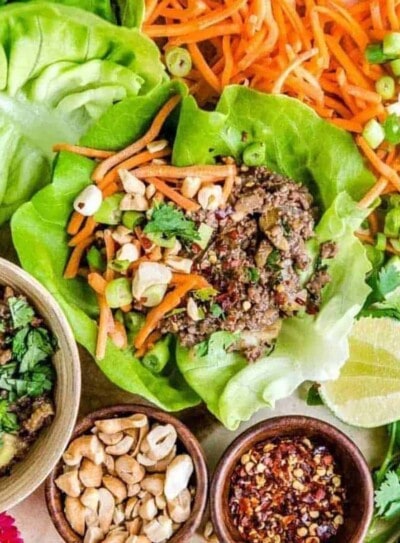
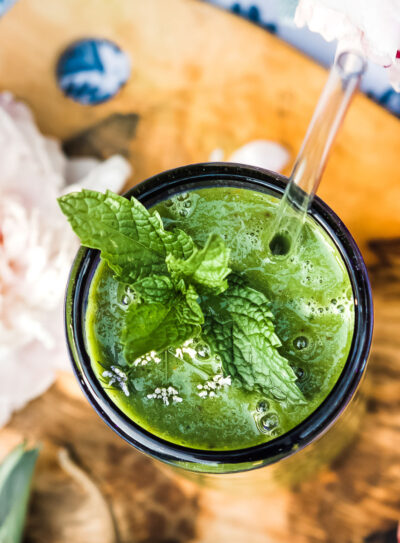


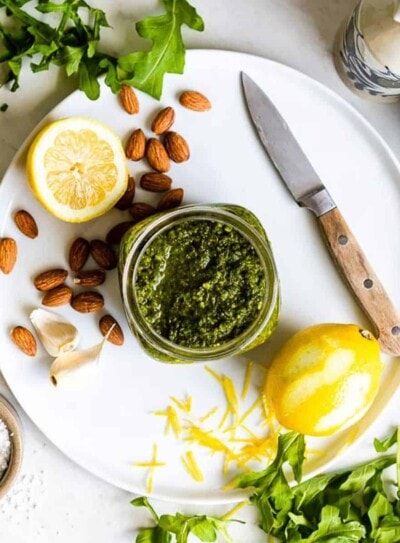
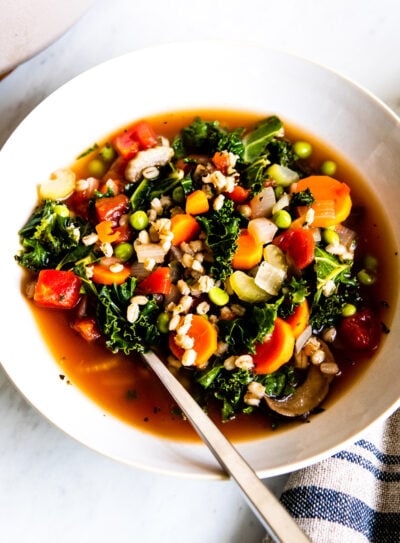


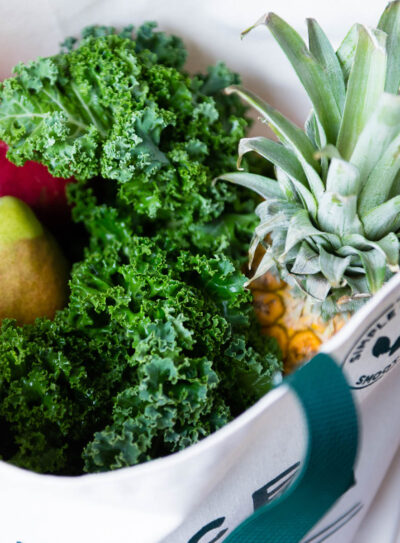


Hello,
My husband and I started drinking the green smoothies this week. Feeling much better and enjoying the challenge. We heard about it through my sister and now my parents are trying it as well as my brother and his wife. My sister has done plenty of research and mentioned that you need to steam the greens and shock them in cold water to prevent the toxins from being able to form in your body. It didn’t take long to steam, shock and flash freeze the portions and now I have all of my greens in frozen clumps in a mason jar in the freezer ready for the smoothies. I am not sure of others have mentioned this before.
Hi Sara,
So happy you’re enjoying the challenge! And you can definitely flash steam your greens if you have troubles digesting too many raw greens. And the freezer idea is such a great idea. I like doing that when my greens are about to go bad. Saves $ and time!! 🙂
Keep up the great work!
I am a little leery about using the amaranths in the drinks I share with my hubby. This family has a high oxalate content which are not recommended by his urologist; hubby is a “kidney stone farmer”. Grows ’em well. I think we can get enough variety with the other families of greens.
Totally, Jean! I just recently read an article about this so if your hubby is prone to kidney stones, definitely switch things up a lot and stay away from the ones that bother his system. 🙂
Being concerned about getting protein in the morning with my smoothies, I’ve been adding slivered almonds. Love the chewiness they add. Any problem with this?
Sounds great. How much are you adding, DJ?
Most of the recipes I have seen call for spinach or kale… I am wanting to get other leafy greens in my smoothie… Will that taste of the smoothie be affected much by subbing in other leafy greens?
It can, but all the different leafy greens are so good for you. It’s great to get all different benefits into your body. 🙂
Hi 🙂 would lamb’s lettuce work?
Any leafy green will work. 🙂
Thanks for the advice about rotating my greens. I will definitely try different greens in my smoothies.
Glad we could help!
Hi Rawkstars. Like the blog here on switching up leafy greens. I have been doing green smoothies every day since mid-September. I love my blend of greens… Half kale and half spinach. I want to try others, but am not sure of how the flavor will differ?? My husband isn’t thrilled that I MAKE him drink a green smoothie evey morning. What can I use that will keep the taste similar to what I have with the blend? Thanks so much and Rawk-On!
Hi Karisa.
Great question! I love swiss chard, try half spinach and half swiss chard! Hope that helps.
I’m diabetes and am taking this green smoothie challenge for the first time. I’m really excited, but also know I will have to find the right “fit” for me.
Just a note, in my 1st smoothie this morning I used home grown Stevia to slightly sweeten and take away bitter taste. I also added 1TBS raw PB. I used Romain hearts(frozen) ,1probiotic cspsule-opened, 1cup coconut water, mango, strawberries and a fresh banana. It tastes great and made enough for 2, so tomorrow’s is made. Thanks for helping!!
You’re welcome, Pam! 🙂
Hey,
i recently found that zuchni’s are very useful in green smoothies. As are the greens form cauliflower.
Yes, those are both great choices.
I remove my greens, i.e.collards, kale, chard, from the stems. Am I losing nutritional value by removing the greens from the stems?
Hi Carla. I would suggest removing only the big/thick stems on your leafy green. There is nutritional value in the stems. 🙂
Hello! Thanks for all your awesome tips and support. I’ve seen that most of your recipes (at least the ones from the October 30-day challenge and your recipe page) call for spinach. Would the flavor balance be very much offset if I were to simply exchange the spinach in these recipes for my leafy green of the week? Thanks!
Hey Jared.
We love all sorts of leafy greens, I enjoy swiss chard (silver beet), carrot tops, baby kale, or celery. 🙂 Hope that helps. 🙂
I’ve been using a kale, spinach, chard mix of greens that comes in one bag. Should I still try to rotate greens, or will the mix take care of it? (Thanks for the tip to freeze them. I buy a 1.5lb bag of the mix at a warehouse store and keep it in the freezer, so now I actually use the whole bag.)
Hey Ginny.
That is a good question. I am not sure, since we normal buy kale one week, spinach the next…and so on. If you have the option, try that. Either way you are getting two different leafy green families, which is good.
Hello RAWstar Team!! Love your site. I have DAILY smoothies and enjoy the health benefits. My hubby in fact notices the changes in my skin glowing. I always add celery, cucumber, 1/2 lime and spinach or kale (alternating) as my first vegetable blend.Then I add a fresh pear, granny smith apple and a frozen banana as my typical recipe. I noticed my green smoothies are a little bitter and very vegetable taste. Any tips to making a green smoothie using celery as I enjoy the health benefits? It seems to me that I will always need to add a frozen banana and lime or lemon.
Thank you in advance.
Best regards,
Rosie
Hey Rosie.
I would suggest:
1/2 spinach
1/2 celery
1⁄2 cup coconut milk
1 cup green grapes, frozen
1⁄2 cucumber
1/2 banana
I have a question related to the tingling. What about lips tingling? I had thought that it was due to my gradually lowering a medication I have been on.
Hi Ruth.
Thank for reaching out to us. Since we are not doctors or nutritionists, we suggest that any member of community with health concerns to speak to their healthcare provider to confirm that green smoothies are okay for them.
I saw about the collard greens, and how they lose nutrients when cooked. I thought I’d share something I’ve learned in research papers on African American cooking: the collard greens are served with the “pot likker” (the liquid the greens were cooked in) and sopped up with corn bread, and this is how people would get the many vitamins and nutrients contained in the collards. Perhaps a smoothie could be made with cooked collards and the liquid they were cooked in?
Nice tip, Rebecca! Thanks for sharing. 🙂
Can you use silverbeet in your leafy green because you dont have it listed
Hey Nikki.
Silverbeets are great, they are also known as chard in the USA. 🙂